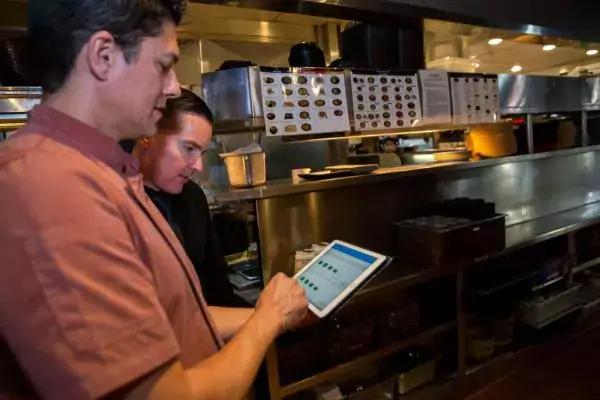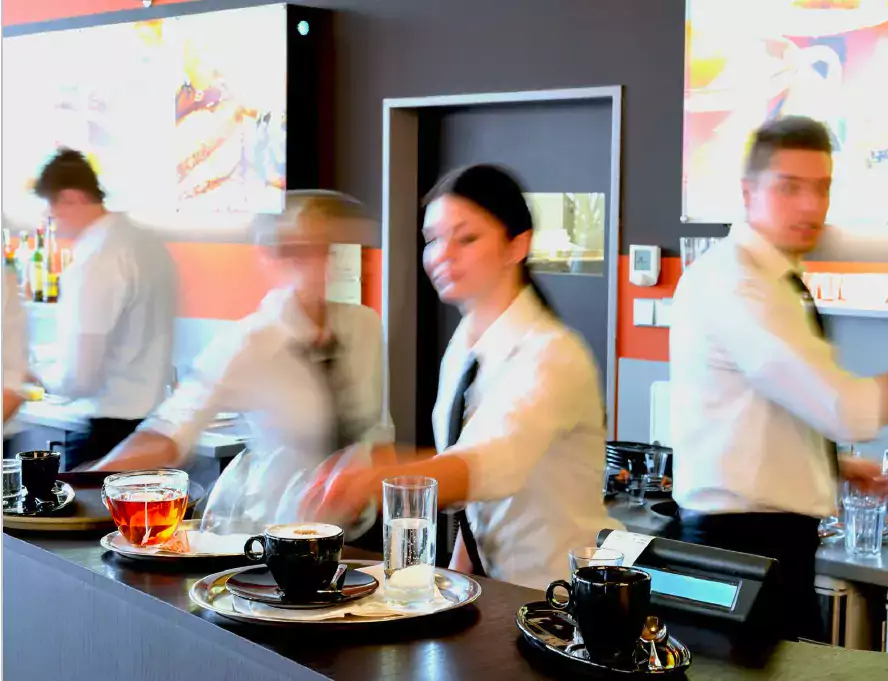Customers have all been there. That disappointing experience at their favorite c-store or restaurant that makes them question all they know to be true in life. Well OK, maybe that’s a bit dramatic. But it is a disappointment when it happens, and it can make them think twice about returning—at least to that location.
An alternative scenario is when a customer knows that one location makes a better sandwich, has fresher coffee, and always stocks the latest flavor of a packaged beverage. Maybe they’re willing to go out of their way to that favorite store or restaurant, if the company has already established brand loyalty. At the end of the day, it’s these little inconsistencies that can have a big impact on a brand. Details matter when channel blurring is on the rise.
The “little things” add up to brand consistency, and consistency can make or break a brand.
The Fresh Food Advantage
If you work in the foodservice channels, you know the importance of brand awareness for customers—you know the products and services that attract them to your store. But are retailers aware of their own brand? In other words, are they aware of their strengths and weaknesses and how to hone in on what sets their brand apart?Focus on THE attributes that drive customers to your store, but don’t completely neglect your weaknesses.
Raw data is great for learning about what is working in your stores and what isn’t. But data alone won’t tell you why Store A is consistently better at promoting new menu items than Store B. That’s when operators need to zoom into each location to better understand what’s going on.How to Create the Consistent Customer Experience
What makes a brand addicting to customers? For c-stores, it’s no longer “cokes and smokes” that keep them coming back for more—it’s coffee and food. But not just any food, as fast-food restaurants have learned that customers want options beyond what’s deep-fried. They’ve started to take more cues on flavor and better ingredients from the fast-casual segment.Today’s foodie culture is advantageous to c-store and foodservice retailers in their efforts to set themselves apart from the competition. These two channels also have the advantage of having smaller footprints for a faster, more streamlined experience.
If foodservice is your greatest potential to separate from the market competition, it’s time to raise the bar across your network. It starts with better insights at the store level using a technology everyone in your company, no matter their level of experience, already has. 3 steps to gaining store-level insights using mobile technology:- Empower your foodservice category managers to communicate their greatest needs through an easy-to-use mobile form. Ask them to complete a baseline survey, but also ask them to use this as an opportunity to document their pain points. From staffing, to maintenance, to vendor relationships, there may be easily-solvable issues managers simply don’t have a way to communicate.
- Set up automated alerts to find out when stores need more support or maintenance. Food preparation area at risk? Bathrooms sending customers running for the hill? Senior managers will know about these issues from the next store audit, and now they’re able to act.
- Act on a plan to resolve the issue. A clear directive is sent to the store-level manager and the task remains “open” until a follow-up ensures completion.
Subscribe to our blog
You are now subscribed!


